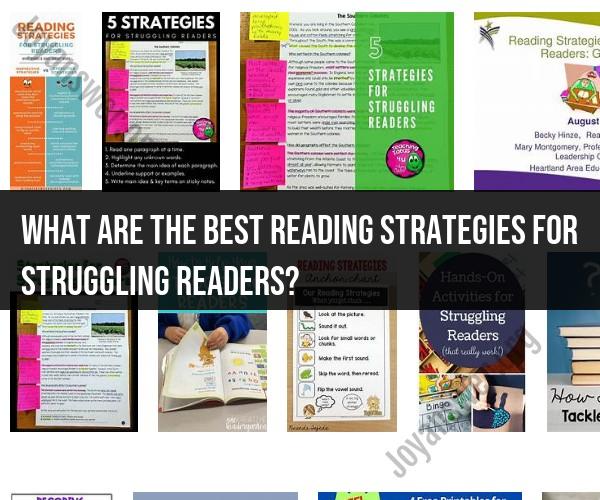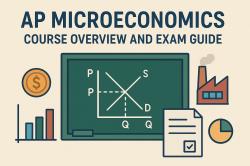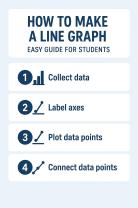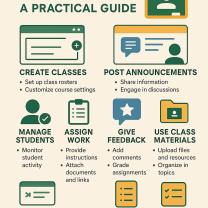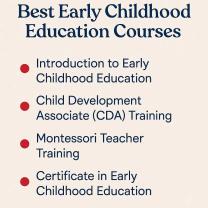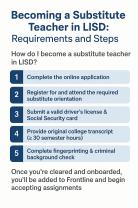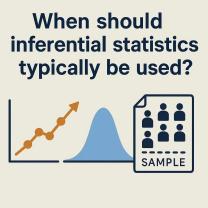What are the best reading strategies for struggling readers?
Empowering struggling readers requires a combination of effective strategies and a patient, supportive approach. Here are some of the best reading strategies for helping struggling readers improve their reading skills:
Phonics Instruction:
- Phonics instruction focuses on teaching the relationship between letters and their corresponding sounds. It's foundational for early readers and struggling readers who may have missed this essential step.
Decoding Skills:
- Teach decoding skills that help readers break down unfamiliar words into smaller, more manageable parts. Encourage them to sound out words phonetically.
Sight Words:
- Work on building a bank of high-frequency sight words that readers can recognize instantly, reducing the need for decoding.
Fluency Practice:
- Help students improve their reading fluency by having them read aloud regularly. Encourage them to read at an appropriate pace with expression.
Vocabulary Development:
- Expand their vocabulary by introducing new words in context. Provide opportunities for students to use and understand these words.
Comprehension Strategies:
- Teach comprehension strategies like making predictions, asking questions, summarizing, and visualizing while reading. These strategies improve understanding.
Repeated Reading:
- Encourage students to read the same text multiple times. Repetition helps build fluency and comprehension.
Graphic Organizers:
- Use graphic organizers like story maps, Venn diagrams, and concept maps to help students organize information and understand the structure of a text.
Read Aloud:
- Read aloud to students regularly. Listening to fluent reading models correct pronunciation and intonation.
Discussion and Questioning:
- Engage students in discussions about what they read. Ask open-ended questions to encourage critical thinking and reflection.
Predictions and Inferences:
- Teach students to make predictions about what might happen next in a story and to draw inferences based on textual evidence.
Visualization:
- Encourage students to create mental images of what they are reading. Visualization enhances comprehension.
Interactive Reading:
- Use interactive reading techniques, such as choral reading or echo reading, where students read along with a model reader.
Reading Support Tools:
- Provide reading support tools like magnifying glasses, highlighters, and sticky notes to help students focus on text and take notes.
Book Selection:
- Choose books that match the student's reading level and interests. Motivated readers are more likely to engage with the text.
Multisensory Learning:
- Incorporate multisensory learning activities. For example, tracing letters or words in sand can help reinforce learning.
Technology:
- Use educational apps, audiobooks, and e-books to provide alternative ways to access and engage with text.
Individualized Instruction:
- Tailor instruction to meet the specific needs of each struggling reader. Recognize that different students may require different approaches.
Positive Reinforcement:
- Offer praise and positive reinforcement for effort and progress, no matter how small. Building confidence is crucial.
Patience and Support:
- Be patient and provide emotional support. Struggling readers may feel frustrated, so create a safe and encouraging learning environment.
It's important to remember that progress may be gradual, and each struggling reader is unique. A combination of these strategies, individualized instruction, and ongoing assessment can help struggling readers build their skills and develop a love for reading. Additionally, involving parents or caregivers in the process can reinforce learning at home.
